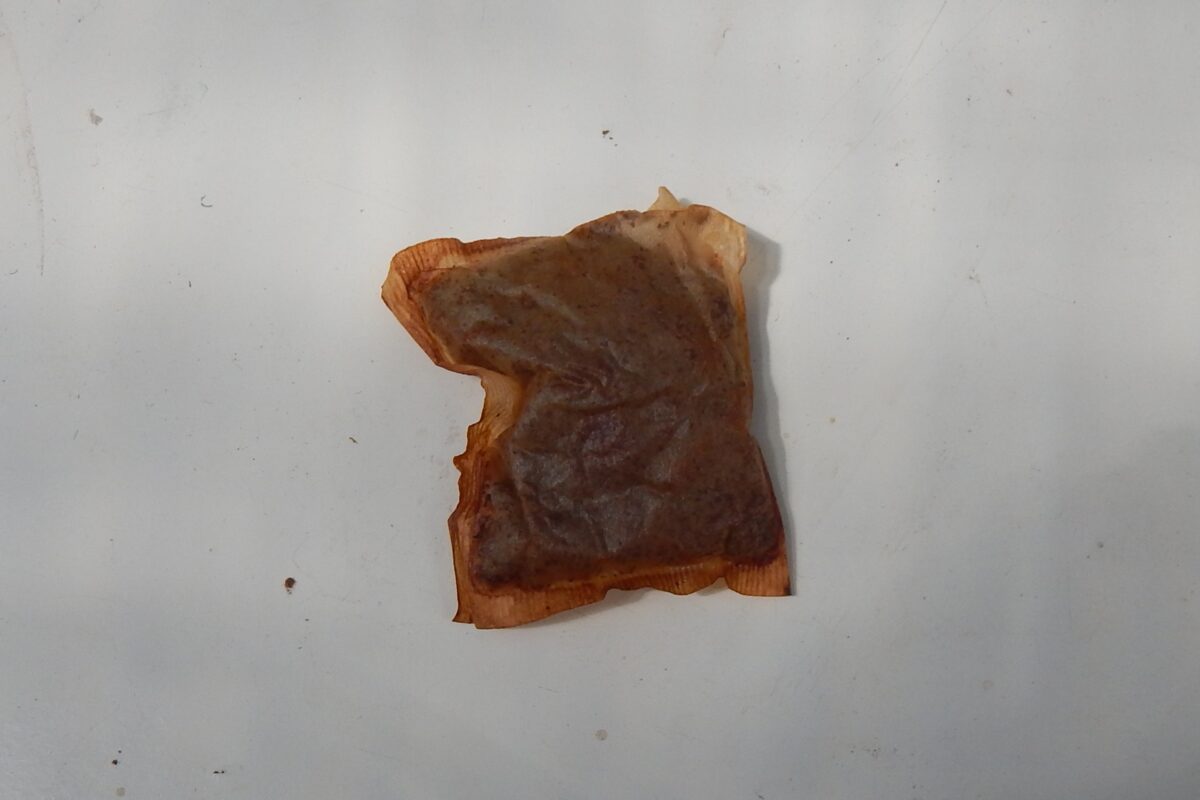The garden is working to become environmentally friendly. Not just in what we grow, but in other aspects. It’s a slow trek, all the time fighting the power of habit. A much underestimated power, the great flywheel of society as William James called it. He said we need to get rid of bad habits, and foster the good ones, like ukulele practice.
He didn’t actually say ukulele practice. That’s me bringing him upto date.
Plastic cups are one of many bad habits. Even when they look like they are paper, and so are recyclable, they often are not. Think of all those millions of coffee cups dumped every day. In the garden, we used a type of cup that was said to be recyclable, and maybe it was. Though recycling is by no means all it is cracked up to be. Things like glass often don’t become what they were, but perhaps some down-cycled product used under a road.
Plastic cups, and the somewhat better paper type ones, are convenient. That’s always the excuse. No washing up, just throw them away. So simple, so destructive. But it’s hard to get out of the throwaway habit.
We started using china cups, a year or so ago. They require washing up after use. How time consuming, and we have so many important things to do. But china cups are not thrown away. So we accept the chore, and now never use plastic cups.
And so on to teabags. That little jolly thing dunked in a cup of hot water. The obvious thing to do, once used, is throw the teabag on the compost heap. Stop! Because each teabag contains plastic. You might wonder why. Consider, though, how it is used. A teabag needs to be thin, with lots of tiny holes, so hot water can get in and tea can get out. But near boiling water and paper full of holes are not a good mix. If it were paper alone, it would burst. So the paper is sealed with plastic. A 2019 McGill University study showed billions of plastic nano-particles from a single tea bag.
In the top baddy teabags, the plastic sealant is polypropylene. This plastic is made from petroleum, and amongst other things it is used for washing up bowls. Nothing wrong with that usage; I have had the same washing up bowl in my kitchen sink for over 30 years. But please, not in our teabags.
Polypropylene is being phased out, replaced by PLA. They prefer the initials as the whole name gives it away: polyactic acid. The poly bit is the telltale. It means it is a polymer, as in the repeating elements which make up long chains in plastics. It is better though than polypropylene, as it is a plant based plastic, not made from oil. Unfortunately, you can’t compost it at home. So be wary of the claims of Clipper, Pukka, and PG Tips, all of whom have PLA in their teabags, as does Co-op 99 tea. Not totally without hope, as PLA can be broken down in an industrial composter. That is a large one that some councils have. Because of the size, they build up a lot of heat, and that enables chemical reactions to break down PLA.
The bigger the compost heap, the more heat it builds up. Ours might be close, as our compost heaps are quite big. And there’s a new additive on the way. A volunteer is going to bring in her waste chicken litter. Which will give us more heat, so might work on PLA.
The other problem with tea bags (apart from the sealant, nano-plastics and going to landfill, if that is not enough for you) is that they use inferior tea. It has be powdery to infuse quickly. But decent teas consist of leaves, not powder.
The alternative is to abandon the teabag. And use loose leaf tea. Such tea tastes better and has no microplastic residue. You can throw the finished leaves on the compost heap in good conscience. Tea leaves make good compost as they contain nitrogen, phosphorus and potassium. What a waste to just toss that into landfill.
Loose tea is also cheaper. It doesn’t need all that bag technology, and you use less of it. I use three level teaspoons of loose tea to make two cups of tea, whereas that much tea is in one teabag. So healthier, greener and to cap it all cheaper. On quality, price and health loose tea wins without challenge.
All that is left is convenience.
But really, it is not difficult to get away from teabags. All we need to do is make a big thermos from loose tea. That amount will serve many people. And for small amounts, what’s wrong with a teapot? We’ll be greener and the tea will taste better.

